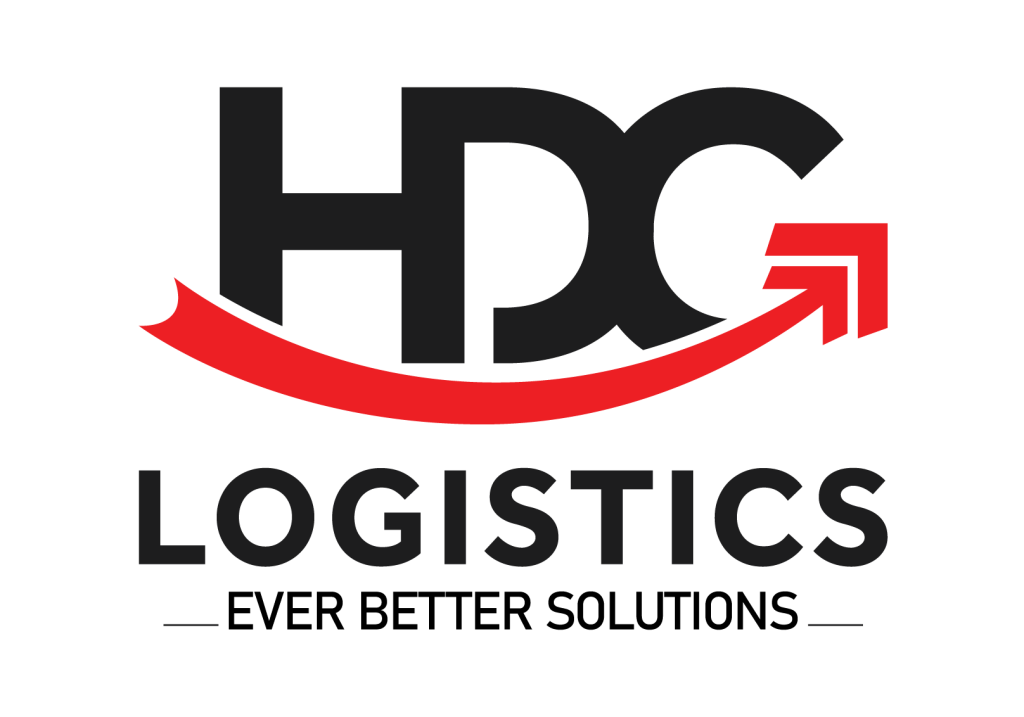A blender is a compact, convenient, and versatile appliance in the kitchen. It can help you prepare various delicious, nutritious, and visually appealing beverages and dishes. You can use a blender to make different types of fruit juices, smoothies, yogurt, ice cream, soup, sauces, grind meat, peanuts, cashews, and many other ingredients. Blenders come in various models, functions, and price ranges for you to choose according to your needs and preferences.

Import policies for blenders
The import policies and regulations related to blenders include:
- Decree No. 69/2018/ND-CP
- Decree No. 128/2020/ND-CP
- Circular No. 07/2018/TT-BKHCN
- Circular No. 39/2018/TT-BTC: Supplementing Circular No. 38/2015/TT-BTC
- Decision No. 3810/QD-BKHCN
- Official Dispatch No. 2421/TDC-HCHQ: Guidelines for implementing Circular No. 07-2017-BKHCN
- Value Added Tax Law No. 13/2008/QH12
With these policies, blenders are considered household electrical appliances and are not classified as prohibited imported goods. However, the export of used blenders to the Vietnamese market is prohibited. In addition, quality inspection must be carried out for imported blender products..
HS Code and Import Tax for Blenders
The HS Code for blenders is 85094000.
The import tax for blenders includes:
- Preferential import tax: 25%
- Value Added Tax (VAT): 8%
- Products imported from China with a Form E Certificate of Origin enjoy a rate of: 5%
Import Procedures for Blenders
The import documentation for blenders includes the following:
- Customs declaration
- Commercial invoice
- Bill of lading
- Packing list
- Sales contract
- Quality inspection registration dossier
- Certificate of origin (C/O) (if available)
- Catalog (if available)
Registration and Quality Inspection Procedure for Imported Blenders
Registering the imported blender for quality inspection:
- Access the national single-window website and create an account.
- Provide necessary information as instructed.
- Select the quality inspection category and enter information about the goods, the importer, and relevant details.
Complete the blender customs clearance procedures according to customs regulations.
Bring the blender sample to the testing center and obtain the conformity certificate: Take the blender sample to the testing center as per the regulations of the Ministry of Science and Technology.
Publicize the product conformity certificate: The business announces the product conformity certificate on the national single-window system.
Affix the conformity certificate label (CR) before the product circulates in the market: Affix the conformity certificate label (CR) on the blender before it circulates in the market to ensure conformity and compliance with quality regulations.
Blender Import Procedure
Step 1: Declare the customs declaration
Once all import documentation, such as contracts, commercial invoices, bills of lading, packing lists, certificates of origin, etc., is gathered, and the HS code for the blender is identified, the importer can proceed to declare information to customs through the software.
Step 2: Open the customs declaration
After completing the customs declaration, the customs system will categorize the goods. The importer will then print the customs declaration and bring the import documentation set to the local customs office to open the customs declaration. Depending on the assigned color, red, yellow, or green, different steps for opening the customs declaration will be followed.
Step 3: Clear the customs declaration
After checking the documents, if there are no issues or questions regarding the paperwork, customs officials will accept the customs declaration for blender import.
Step 4: Transport the goods to the warehouse
After the customs declaration has been cleared, the process of clearing the declaration and necessary procedures to bring the goods to the warehouse will be carried out.
Notes for Blender Import
- Used blenders are prohibited from importation.
- Quality inspection procedures must be performed when importing blenders.
- Components of the blender that do not require quality inspection.



 Tiếng Việt
Tiếng Việt 日本語
日本語 中文 (中国)
中文 (中国)

